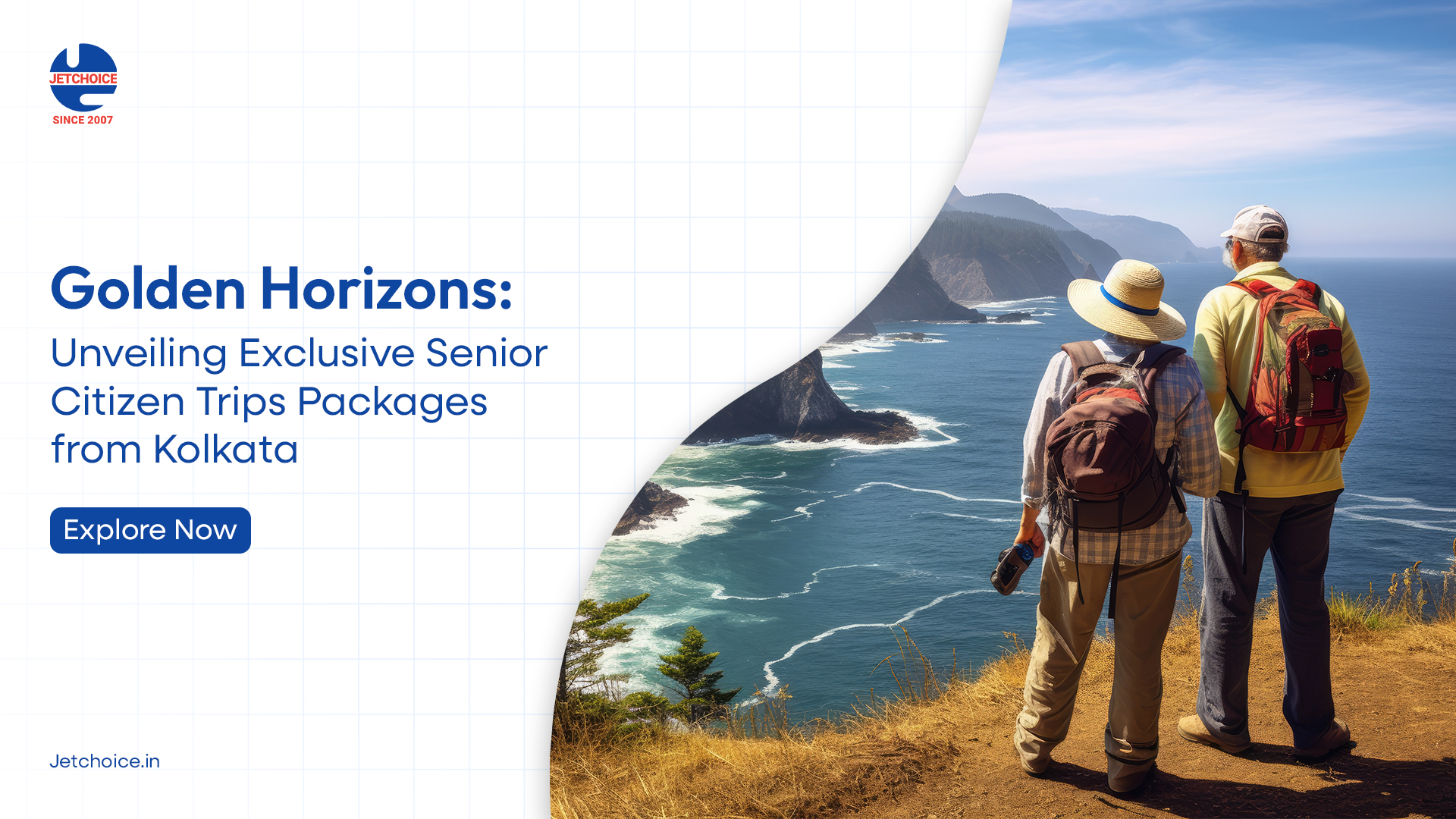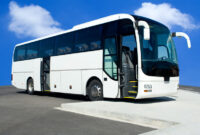Senior citizen trips packages offer a unique opportunity for older adults to explore the world, creating unforgettable memories while enjoying tailored experiences. These packages cater to the specific needs and preferences of senior travelers, considering factors such as mobility, health, and desired pace of travel. From relaxing cruises to culturally enriching tours, a variety of options are available to suit diverse interests and budgets, ensuring a comfortable and enjoyable journey for everyone.
This exploration delves into the various components of senior citizen travel packages, examining trip types, transportation options, accommodation choices, and essential health and safety considerations. We’ll also explore effective marketing strategies to reach this important demographic and ensure their travel dreams become reality. The goal is to provide a comprehensive guide for both travelers and those designing such packages.
Package Components and Considerations
Creating a truly enjoyable and fulfilling travel experience for senior citizens requires careful consideration of their unique needs and preferences. A well-designed package goes beyond simply booking flights and hotels; it prioritizes comfort, safety, and accessibility throughout the journey.
Designing senior citizen travel packages necessitates a holistic approach, encompassing various key components to ensure a seamless and memorable experience. This includes a detailed understanding of the target demographic’s physical capabilities, potential health concerns, and preferred travel style. Failing to address these factors can significantly impact the overall enjoyment and satisfaction of the trip.
Essential Package Components
The core elements of a successful senior citizen trip package revolve around transportation, accommodation, meals, and planned excursions. These components must be carefully selected and coordinated to minimize stress and maximize enjoyment for participants. Consideration should be given to the specific needs and limitations of the senior travelers, adapting the components to meet those requirements.
- Transportation: This should prioritize comfort and ease of access. Options might include private coach transportation with ample legroom and restroom facilities, airport transfers, and potentially even accessible train travel for certain itineraries. Avoid lengthy journeys or frequent changes of transport where possible.
- Accommodation: Hotels or resorts should be chosen for their accessibility features, such as ground-floor rooms, elevators, and grab bars in bathrooms. Proximity to key attractions and medical facilities is also a crucial factor. Consider offering options that cater to various mobility levels.
- Meals: The provision of nutritious and palatable meals is paramount. Packages should offer options to cater to dietary restrictions and preferences, including vegetarian, vegan, or low-sodium options. The dining environment should be comfortable and easily accessible.
- Excursions: Excursions should be carefully planned to consider the physical capabilities of the participants. Avoid overly strenuous activities or lengthy periods of standing or walking. Opt for manageable sightseeing options with ample rest periods and accessible routes.
Factors to Consider When Designing Packages for Seniors
The successful design of senior citizen travel packages hinges on meticulous planning and consideration of various factors, notably health and safety protocols, accessibility requirements, and preferred pace of travel. Ignoring these aspects could lead to a negative travel experience and potentially compromise the health and well-being of the participants.
- Health and Safety Protocols: Emergency contact information, readily available medical assistance, and travel insurance are essential. Pre-trip health consultations or questionnaires can help identify potential health concerns and inform itinerary planning. Travel insurance should cover medical emergencies and trip cancellations.
- Accessibility Requirements: Packages must cater to varying mobility levels. This includes wheelchair accessibility, ramps, elevators, and appropriately sized restrooms. Detailed information on accessibility features of hotels, transportation, and attractions should be provided in advance.
- Preferred Pace of Travel: Senior travelers may prefer a slower pace with fewer activities crammed into each day. Allow ample time for relaxation, rest, and personal pursuits. Consider incorporating shorter excursions and flexible itineraries to accommodate varying energy levels.
Sample 7-Day Senior Citizen Trip Package Itinerary: Exploring the Cotswolds, England
This itinerary prioritizes gentle exploration, comfortable travel, and manageable activities.
| Day | Activity | Potential Challenges & Mitigation |
|---|---|---|
| 1 | Arrival in Oxford, check into hotel (accessible rooms confirmed), leisurely afternoon exploring the city center (limited walking, use of taxis for longer distances). | Potential fatigue from travel. Mitigation: Relaxing afternoon, shorter walking routes. |
| 2 | Guided tour of Blenheim Palace (accessible routes available), afternoon tea at a local cafe. | Potential difficulty navigating uneven terrain. Mitigation: Pre-arranged accessible route, use of mobility aids if needed. |
| 3 | Day trip to Bourton-on-the-Water (scenic boat trip optional), gentle stroll along the river. | Potential for crowded areas. Mitigation: Early morning departure, pre-booked boat tickets. |
| 4 | Visit to a Cotswold village (e.g., Castle Combe), exploring local shops and pubs. | Potential for limited seating in pubs. Mitigation: Pre-booked table reservations. |
| 5 | Free day for personal exploration or relaxation, optional guided walking tour of a nearby town. | Potential for fatigue. Mitigation: Flexible itinerary, option to rest or participate in a shorter activity. |
| 6 | Visit to a local market (e.g., Stow-on-the-Wold), opportunity for souvenir shopping. | Potential for crowds. Mitigation: Mid-morning visit, pre-arranged transportation. |
| 7 | Departure from Oxford. | Potential delays. Mitigation: Allow ample time for travel to the airport. |
Transportation Options for Seniors
Choosing the right mode of transportation is crucial for a smooth and enjoyable senior travel experience. Different options cater to varying needs and preferences, balancing comfort, accessibility, and cost. This section will compare and contrast several popular choices, highlighting their strengths and weaknesses to aid in informed decision-making.
Air Travel for Seniors
Air travel offers speed and efficiency, ideal for reaching distant destinations. However, it can be challenging for seniors due to potential discomfort from long flights and navigating airports. The advantages include speed and a wide range of destinations, while disadvantages include potential discomfort from prolonged sitting, navigating busy airports, and the risk of lost luggage. Cost can also be a significant factor, particularly for long-haul flights.
Cruise Ship Travel
Cruises provide an all-inclusive travel experience, often including meals, entertainment, and onboard activities. This can be particularly appealing to seniors who prefer a hassle-free vacation. The advantages include convenience and all-inclusive packages, while the disadvantages may include potential seasickness and limited shore excursions. Cost can vary greatly depending on the cruise line and the length of the voyage.
Train Journeys for Seniors
Train travel offers a more relaxed and scenic journey compared to air travel. It often provides ample legroom and comfortable seating, making it a preferable option for some seniors. Advantages include scenic views and comfortable seating, while disadvantages include slower travel times and limited destinations compared to air travel. Cost can be comparable to air travel, depending on the route and class of service.
Private Car Transfers
Private car transfers offer personalized service and door-to-door convenience. This is especially beneficial for seniors with mobility issues or those who prefer a more private and comfortable travel experience. Advantages include convenience and personalized service, while disadvantages include higher cost compared to other options. This option is best suited for shorter distances or airport transfers.
Tips for Easier and More Comfortable Air Travel for Senior Citizens
Careful planning can significantly improve the air travel experience for seniors. Here are some helpful suggestions:
- Book flights with direct routes to minimize layovers and potential delays.
- Choose aisle seats for easier access to restrooms and more legroom.
- Request assistance from airline staff for boarding and baggage handling.
- Pack light to avoid struggling with heavy luggage.
- Bring necessary medications and any mobility aids.
- Consult your doctor about any health concerns before flying.
- Stay hydrated during the flight to avoid dehydration.
- Wear comfortable clothing and shoes.
- Bring entertainment such as books or downloaded movies to pass the time.
- Consider purchasing travel insurance for added peace of mind.
Marketing and Promotion of Senior Citizen Trips
Reaching senior citizens interested in travel requires a targeted approach that understands their needs and preferences. Effective marketing strategies must consider their communication habits, technological comfort levels, and specific interests, focusing on building trust and conveying value. This involves leveraging multiple channels to ensure maximum reach and impact.
Effective Marketing Strategies for Senior Travelers
Marketing Channels for Senior Citizen Travel Packages
Successful marketing relies on a multi-channel strategy. Senior citizens utilize a variety of media and communication methods. A balanced approach ensures your message reaches the widest possible audience.
- Print Media: Many seniors still rely on newspapers, magazines (especially those focused on retirement or travel), and brochures. Targeted advertising in publications with a senior readership remains highly effective. High-quality print materials with large, clear fonts and visually appealing imagery are crucial.
- Social Media: While not all seniors are active on social media, platforms like Facebook are increasingly popular among this demographic. Targeted advertising campaigns on Facebook can reach specific age groups and interests. Content should be easy to read and visually appealing, with clear calls to action.
- Travel Agencies: Partnering with travel agencies specializing in senior travel provides access to an established customer base. Agencies often have strong relationships with their clients and can act as trusted intermediaries, promoting your packages to their network.
- Email Marketing: Email remains a powerful tool. Building an email list through website sign-ups or partnerships allows for direct communication of special offers and new packages. Emails should be concise, easy to read, and mobile-friendly.
- Direct Mail: While less common, targeted direct mail campaigns can be effective. High-quality postcards or brochures sent to specific geographic areas with high senior populations can generate interest.
Sample Marketing Campaign: “Grand European Adventure”
This campaign targets active seniors (65-80 years old) interested in cultural experiences and comfortable travel.
Target Audience: Affluent, active seniors (65-80) interested in history, culture, and comfortable travel, with a preference for smaller group tours. They value ease of travel, comfortable accommodations, and itineraries that don’t involve excessive walking or strenuous activities.
Key Messaging: The campaign emphasizes ease, comfort, and cultural enrichment. It highlights the unique aspects of the tour, such as smaller group sizes, expert guides, and carefully selected accommodations. The tagline: “Explore Europe Without the Hassle” conveys the core benefit.
Marketing Materials:
- Brochure: Features stunning photography of European landmarks, with clear descriptions of the itinerary, accommodations, and included amenities. Uses large, easy-to-read fonts and plenty of white space.
- Website Landing Page: Dedicated page with detailed itinerary, pricing, booking information, and testimonials from past travelers. Includes high-quality images and videos.
- Facebook Ads: Targeted ads featuring compelling visuals and concise text, emphasizing the ease and comfort of the tour. Links directly to the website landing page.
- Email Marketing: Series of emails highlighting different aspects of the tour, such as accommodations, excursions, and included amenities. Includes compelling calls to action and booking links.
Promotional Offers: Early bird discounts, group discounts, and potential partnerships with senior organizations to offer exclusive deals.
Concluding Remarks
Planning the perfect senior citizen trip package requires careful consideration of numerous factors, from accessibility and health concerns to the desired level of activity and cultural immersion. By understanding the unique needs and preferences of older travelers and incorporating these considerations into the design and marketing of travel packages, providers can create truly memorable and enriching experiences. Ultimately, the focus should remain on providing a safe, comfortable, and enjoyable journey that allows seniors to explore the world on their terms, creating lasting memories and fostering a sense of adventure and fulfillment.



